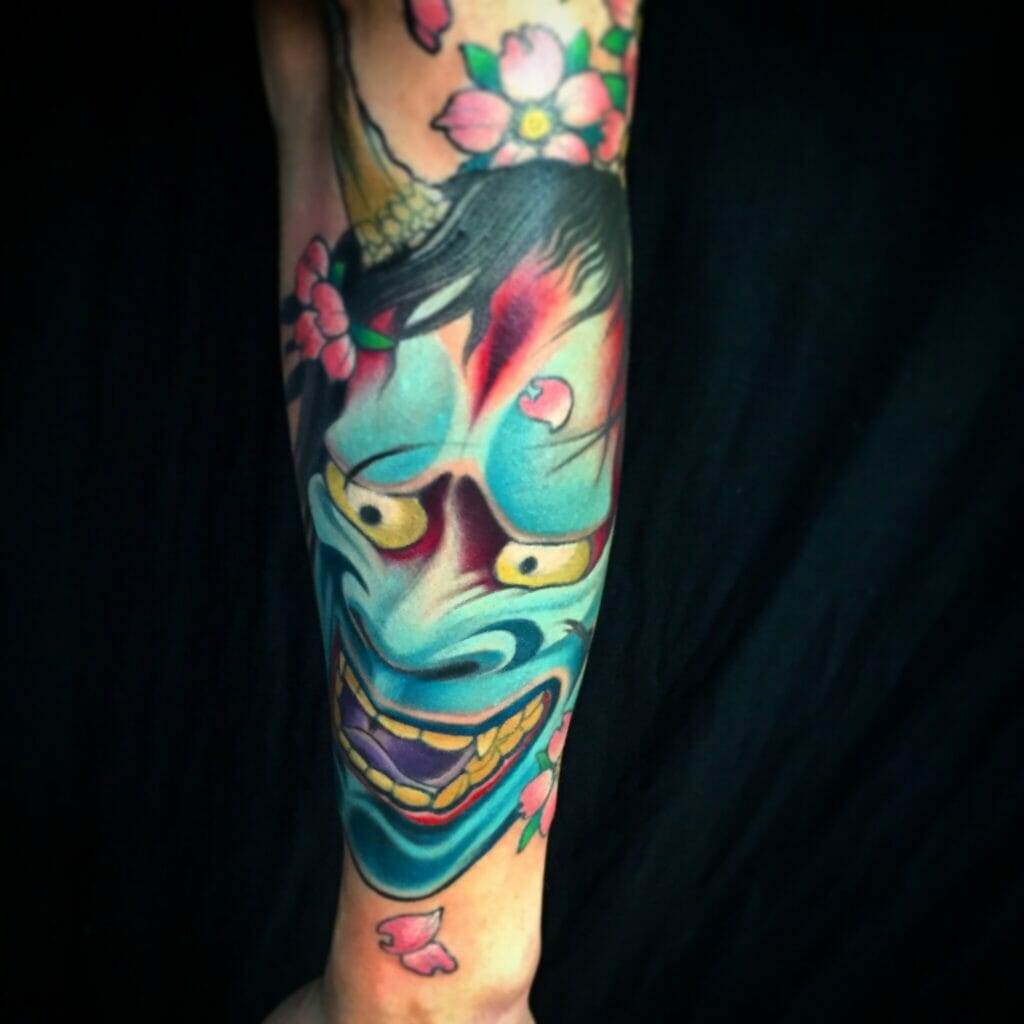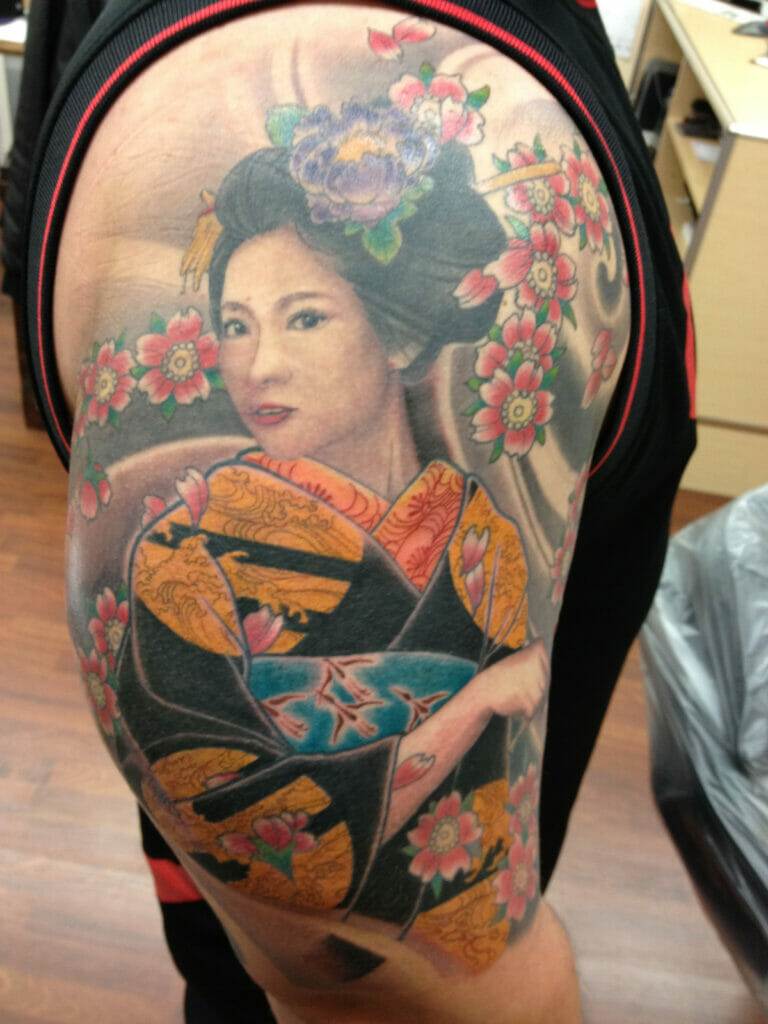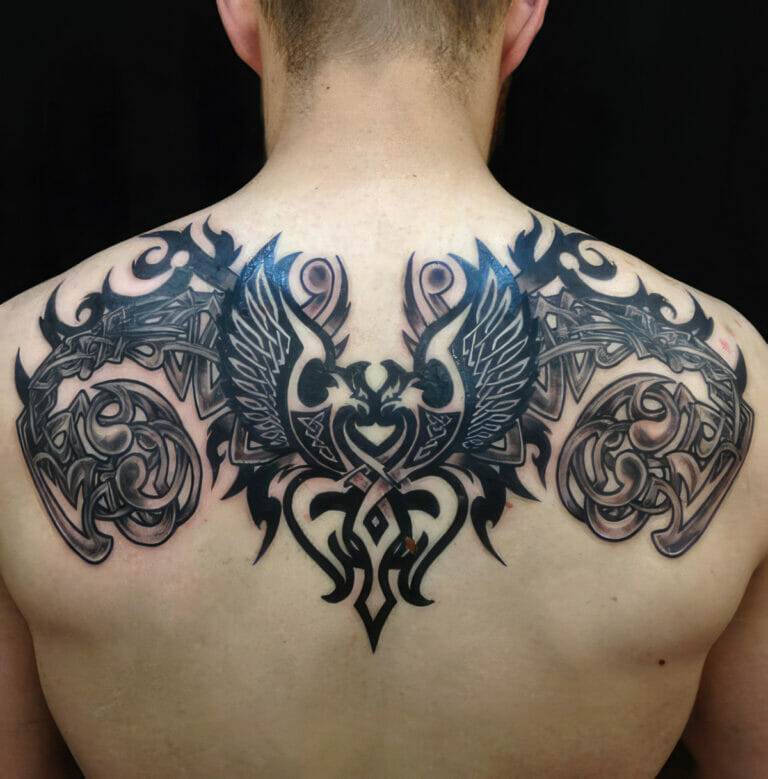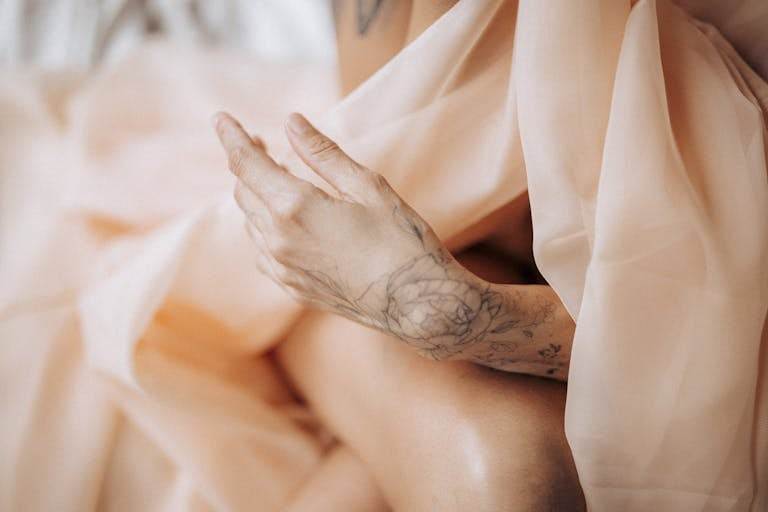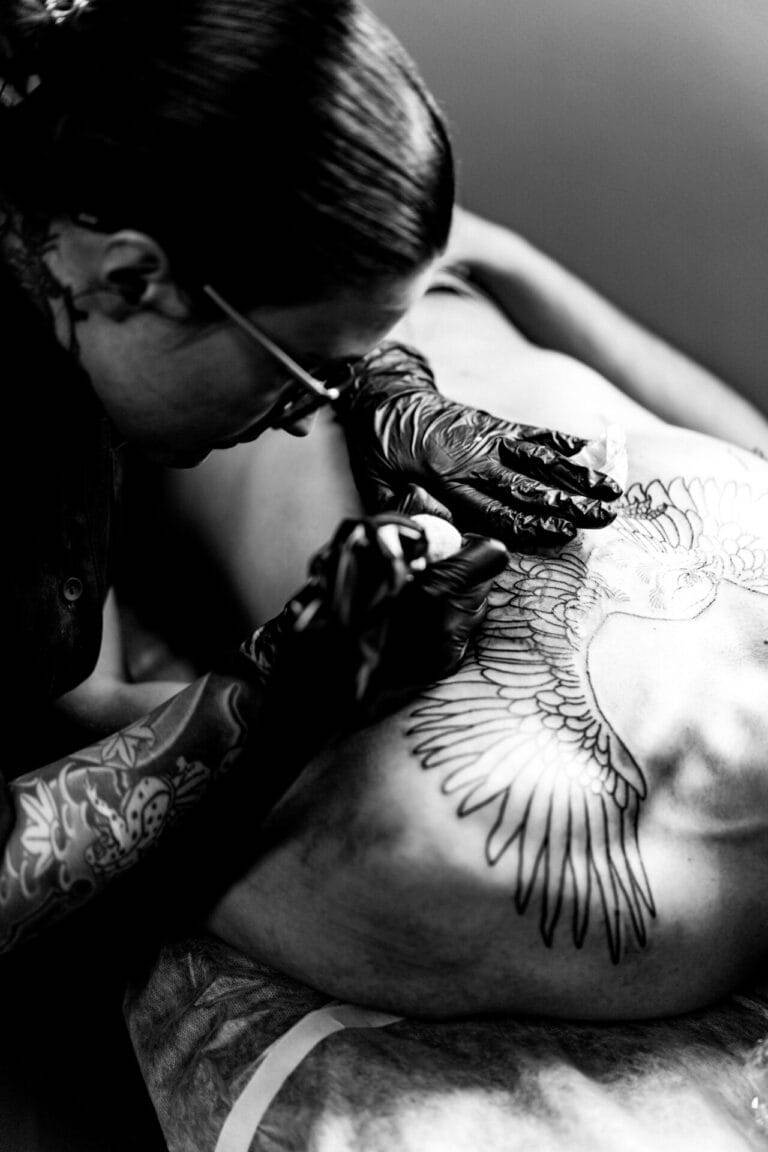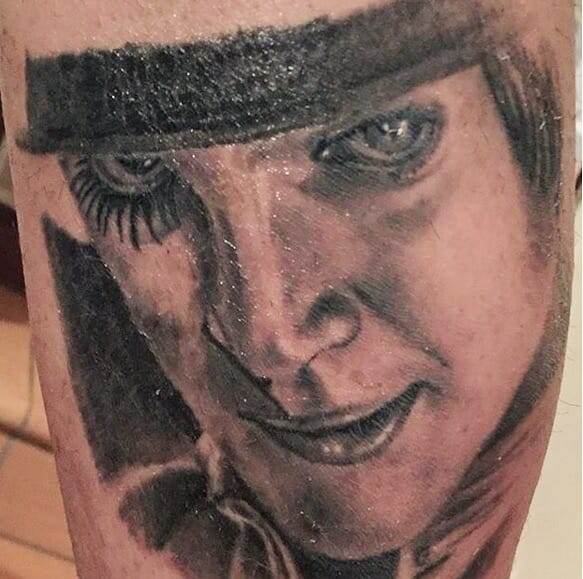
Portrait tattoos have become increasingly popular in recent years, as more and more people are choosing to permanently ink the faces of their loved ones onto their bodies. These tattoos are a way to honor and remember someone special, whether it be a family member, friend, or even a beloved pet. The art of portrait tattoos is not only visually stunning, but it also holds deep emotional significance for those who choose to get them.
The significance of portrait tattoos lies in the personal connection they represent. These tattoos are a way for individuals to carry a piece of someone they love with them wherever they go. They serve as a constant reminder of the impact that person has had on their lives and can provide comfort and solace during difficult times. Portrait tattoos can also be a way to celebrate milestones or achievements, serving as a permanent symbol of accomplishment.
The History of Portrait Tattoos: From Ancient Times to Modern Day
The history of portrait tattoos dates back thousands of years, with evidence of their existence found in ancient civilizations such as Egypt and Greece. In these early cultures, portrait tattoos were often used to commemorate the dead and were seen as a way to honor and remember loved ones. These tattoos were typically simple and stylized, with an emphasis on capturing the essence of the person rather than creating a realistic likeness.
Over time, portrait tattoos evolved and became more intricate and detailed. In the 18th and 19th centuries, portrait tattoos became popular among sailors, who would often get tattoos of their loved ones before embarking on long voyages. These tattoos were often done in a traditional style, with bold lines and vibrant colors.
In modern times, portrait tattoos have become even more realistic and lifelike, thanks to advancements in tattooing techniques and equipment. Artists are now able to create incredibly detailed portraits that capture every nuance and feature of the subject. This level of realism has made portrait tattoos even more popular, as people are able to get tattoos that truly resemble their loved ones.
The Different Styles of Portrait Tattoos: Realism, Neo-Traditional, and More
There are several different styles of portrait tattoos, each with its own unique characteristics and aesthetic. The most popular style is realism, which aims to create a tattoo that looks as close to a photograph as possible. Realistic portrait tattoos require a high level of skill and attention to detail, as the artist must capture every feature and expression accurately.
Another popular style is neo-traditional, which combines elements of traditional tattooing with more modern techniques. Neo-traditional portrait tattoos often feature bold lines and vibrant colors, with a focus on creating a stylized and artistic interpretation of the subject.
Other styles of portrait tattoos include black and gray, which uses varying shades of gray ink to create depth and dimension, and watercolor, which incorporates vibrant splashes of color to create a more abstract and painterly effect.
The Meaning Behind Portrait Tattoos: Honoring Loved Ones, Celebrating Milestones, and More
Portrait tattoos hold deep meaning for those who choose to get them. They are a way to honor and remember loved ones who have passed away, serving as a permanent reminder of their presence in our lives. These tattoos can provide comfort and solace during times of grief and can serve as a source of strength and inspiration.
Portrait tattoos can also be a way to celebrate milestones and achievements. They can commemorate important events such as weddings, graduations, or the birth of a child. These tattoos serve as a permanent symbol of these significant moments in our lives and can be a source of pride and joy.
In addition to honoring loved ones and celebrating milestones, portrait tattoos can also be a way to express personal identity and individuality. They can represent our passions, interests, or beliefs, and can serve as a visual representation of who we are as individuals.
The Emotional Impact of Portrait Tattoos: How They Can Help with Grief and Healing
Portrait tattoos can have a profound emotional impact on those who choose to get them. For many people, these tattoos serve as a way to cope with grief and loss. They provide a tangible connection to the person they have lost and can serve as a source of comfort during difficult times.
The process of getting a portrait tattoo can also be therapeutic in itself. It allows individuals to actively participate in the healing process by creating a permanent tribute to their loved one. The act of getting tattooed can be cathartic and can provide a sense of closure and acceptance.
For some people, portrait tattoos can also serve as a form of remembrance and celebration. They can be a way to honor the memory of a loved one and keep their spirit alive. These tattoos can serve as a constant reminder of the impact that person had on our lives and can provide a sense of connection and continuity.
The Process of Getting a Portrait Tattoo: What to Expect and How to Prepare
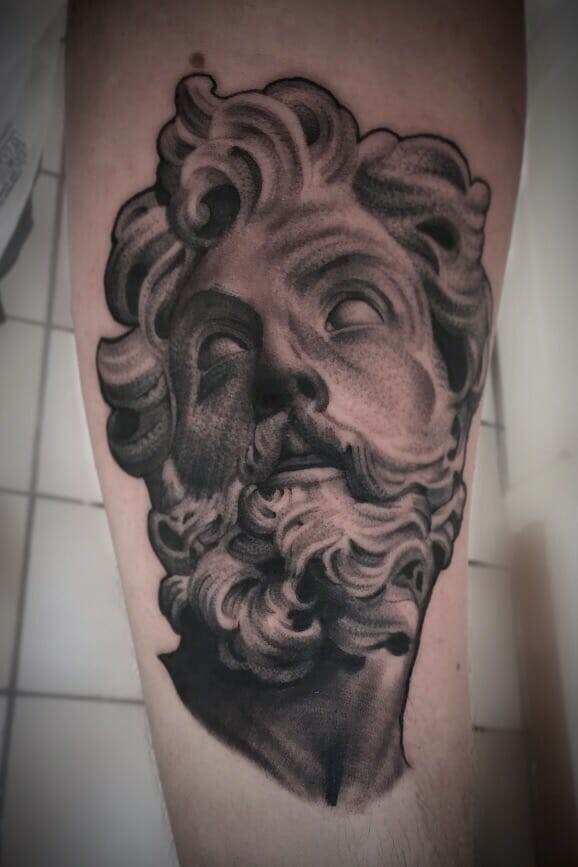
The process of getting a portrait tattoo typically involves several steps. The first step is to find an artist and schedule a consultation. During the consultation, you will discuss your ideas and expectations with the artist, who will then create a design based on your vision.
Once the design is finalized, the artist will begin the tattooing process. This typically involves outlining the design and then shading and adding details. The length of time it takes to complete a portrait tattoo will depend on the size and complexity of the design, as well as your pain tolerance.
Before getting a portrait tattoo, it’s important to properly prepare. This includes avoiding alcohol and blood-thinning medications in the days leading up to your appointment, as well as staying hydrated and getting plenty of rest. It’s also important to eat a good meal before your appointment to ensure you have enough energy.
During the tattooing process, it’s important to communicate with your artist and let them know if you’re experiencing any discomfort or pain. They can make adjustments as needed to ensure you’re as comfortable as possible.
Caring for Your Portrait Tattoo: Tips for Longevity and Keeping the Artwork Vibrant
Caring for your portrait tattoo is essential to ensure its longevity and keep the artwork looking vibrant over time. After getting your tattoo, your artist will provide you with specific aftercare instructions that you should follow closely.
One of the most important aspects of aftercare is keeping your tattoo clean and moisturized. You should wash your tattoo gently with mild soap and warm water, being careful not to scrub or rub the area. After washing, pat the tattoo dry with a clean towel and apply a thin layer of tattoo-specific ointment or moisturizer.
It’s also important to avoid exposing your tattoo to direct sunlight or soaking it in water for extended periods of time. Sun exposure can cause the colors to fade, while soaking can lead to infection or damage to the tattoo.
As your tattoo heals, it’s normal for it to scab and peel. It’s important not to pick at or scratch the scabs, as this can cause scarring or damage to the tattoo. Instead, let the scabs fall off naturally and continue to moisturize the area to promote healing.
Regular touch-ups may be necessary to keep your portrait tattoo looking its best. Over time, the colors may fade or the lines may blur, so it’s important to schedule touch-up appointments as needed.
The Risks and Precautions of Portrait Tattoos: Allergies, Infections, and More
While portrait tattoos can be a beautiful and meaningful way to honor loved ones, it’s important to be aware of the risks and take necessary precautions. Like any tattoo, there is a risk of infection, allergic reactions, and other complications.
To minimize the risk of infection, it’s important to choose a reputable and experienced artist who follows strict hygiene practices. Make sure the artist uses sterile equipment and follows proper sanitization procedures. It’s also important to follow the aftercare instructions provided by your artist and keep your tattoo clean and moisturized.
Allergic reactions can occur in some individuals, especially if they have a known allergy to certain pigments or metals used in tattoo ink. If you have a history of allergies, it’s important to discuss this with your artist before getting a portrait tattoo. They can recommend hypoallergenic ink options or perform a patch test to check for any potential reactions.
It’s also important to consider the long-term effects of getting a portrait tattoo. While the tattoo may look vibrant and detailed initially, over time, the colors may fade and the lines may blur. This is a natural part of the aging process and can be minimized by following proper aftercare and scheduling regular touch-ups.
Famous People with Portrait Tattoos: Celebrities, Athletes, and Historical Figures
Portrait tattoos are not limited to everyday individuals; many famous people have chosen to get portraits of loved ones or influential figures tattooed on their bodies. These tattoos can hold deep personal meaning for these individuals and serve as a way to honor and remember someone special.
Celebrities such as Angelina Jolie, Johnny Depp, and David Beckham are known for their extensive collections of tattoos, many of which include portrait tattoos. These tattoos often represent important people in their lives, such as family members or close friends.
Athletes are also known for their portrait tattoos, with many choosing to get tattoos of their favorite sports icons or inspirational figures. For example, basketball player LeBron James has a portrait tattoo of Muhammad Ali on his leg, while soccer player Lionel Messi has a tattoo of his mother’s face on his back.
Historical figures are also popular subjects for portrait tattoos. Many people choose to get tattoos of influential figures such as Albert Einstein, Frida Kahlo, or Martin Luther King Jr. These tattoos serve as a way to pay homage to these individuals and carry their legacy with them.
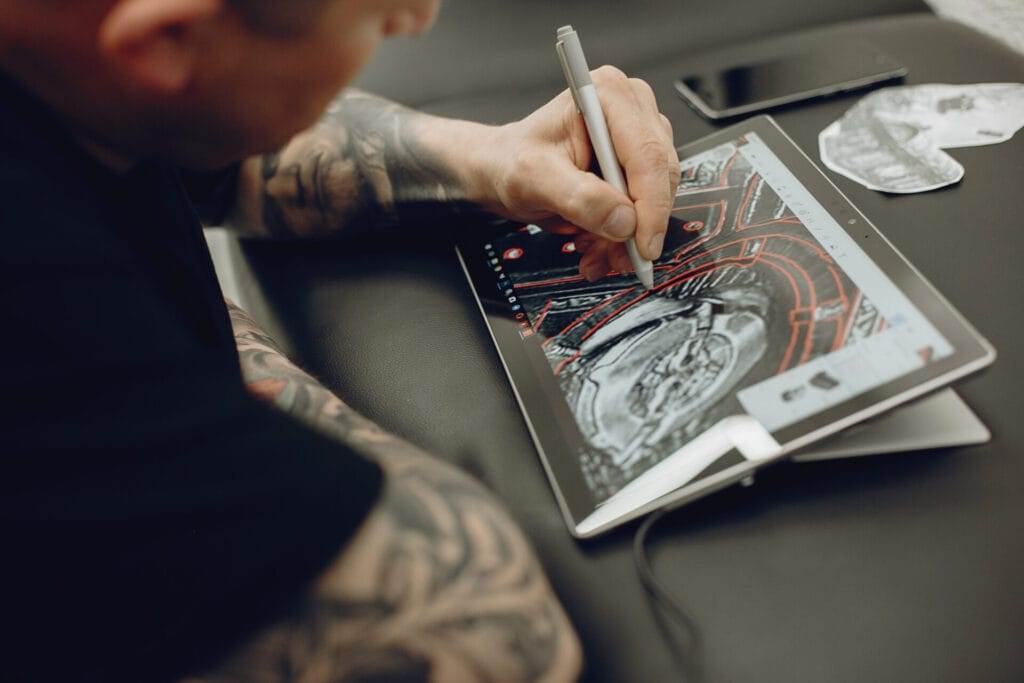
The Timeless Beauty and Significance of Portrait Tattoos
In conclusion, portrait tattoos are a powerful and meaningful form of self-expression. They allow individuals to honor and remember loved ones, celebrate milestones, and express their personal identity. The art of portrait tattoos has evolved over time, becoming more realistic and detailed thanks to advancements in tattooing techniques.
Choosing the right artist is crucial when getting a portrait tattoo, as they will be responsible for capturing the likeness and essence of the subject. It’s important to do your research and find an artist who specializes in portrait work and has a strong portfolio.
Caring for your portrait tattoo is essential to ensure its longevity and keep the artwork looking vibrant over time. Following proper aftercare instructions and scheduling regular touch-ups can help maintain the integrity of the tattoo.
While there are risks associated with getting a portrait tattoo, taking necessary precautions and choosing a reputable artist can minimize these risks. Portrait tattoos can have a profound emotional impact, helping individuals cope with grief and loss and providing a source of comfort and healing.
Overall, portrait tattoos are a timeless and beautiful art form that holds deep significance for those who choose to get them. They serve as a permanent tribute to loved ones and can provide a sense of connection and continuity. Whether it’s honoring a family member, celebrating a milestone, or paying homage to an influential figure, portrait tattoos are a powerful way to express love, remembrance, and personal identity.

